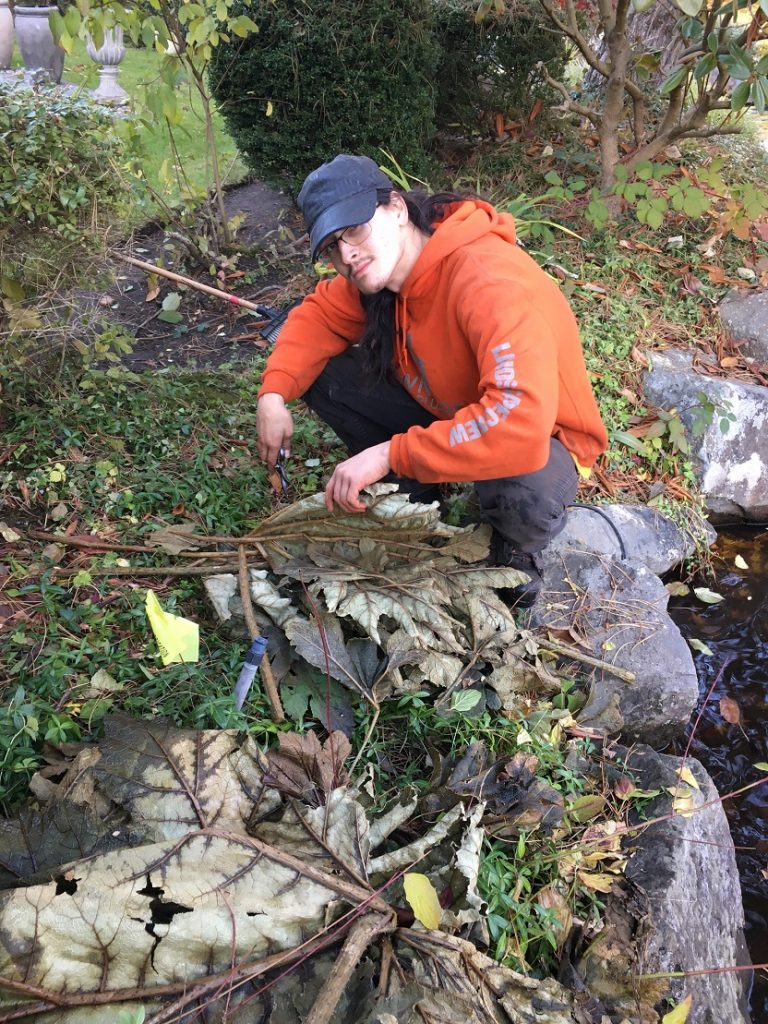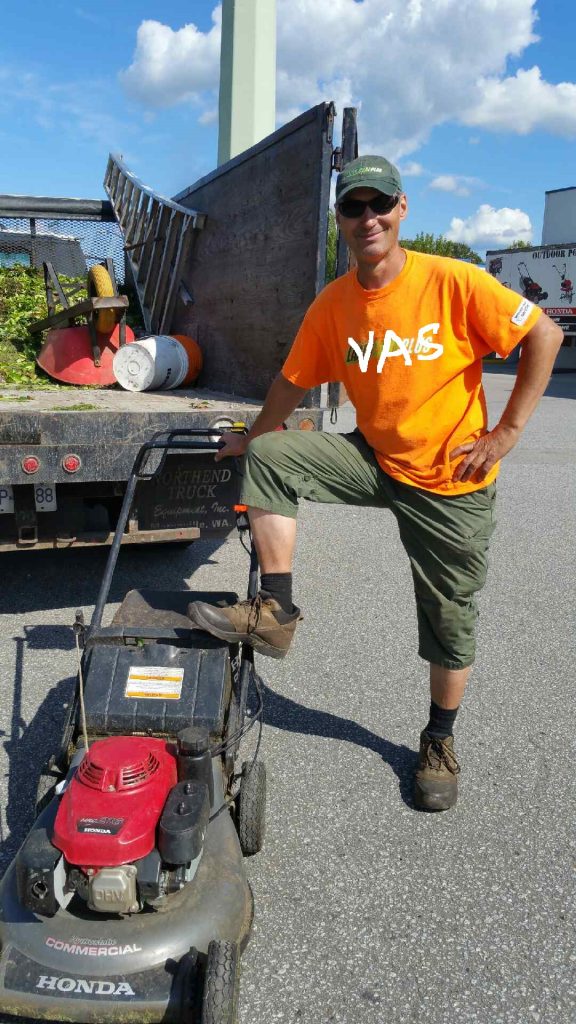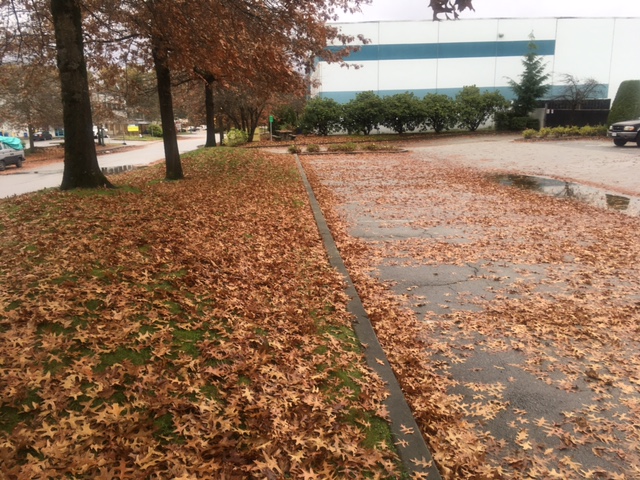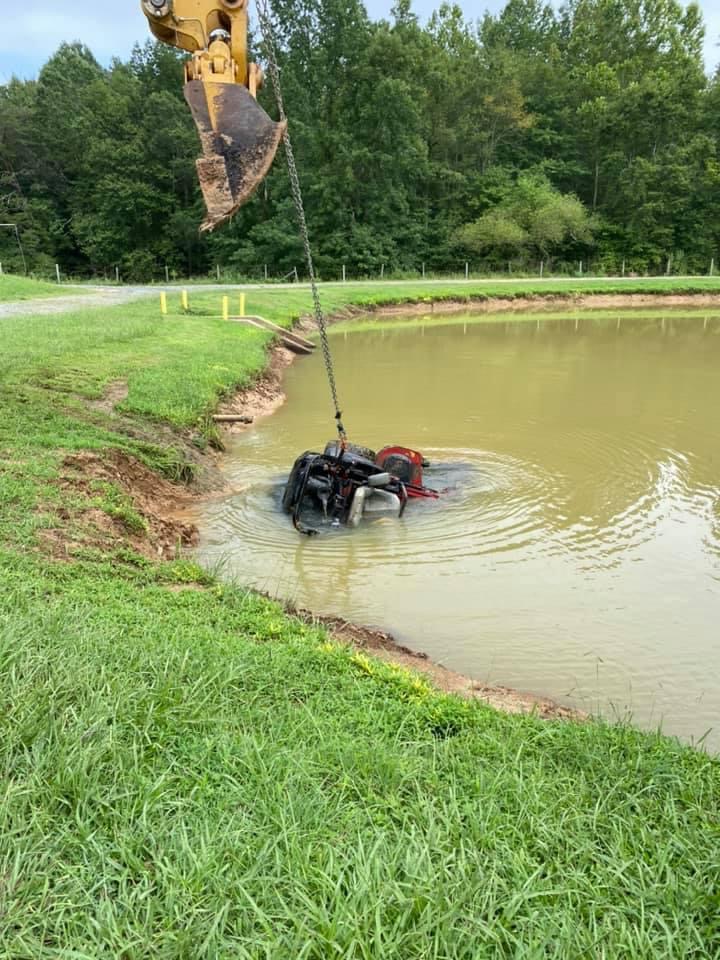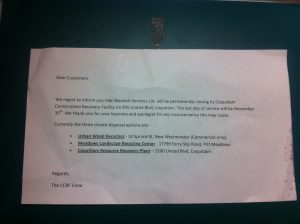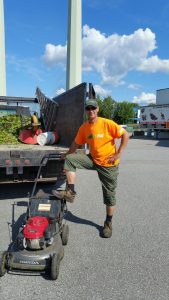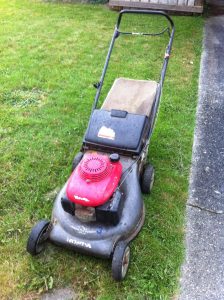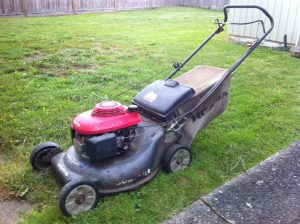LinkedIn post
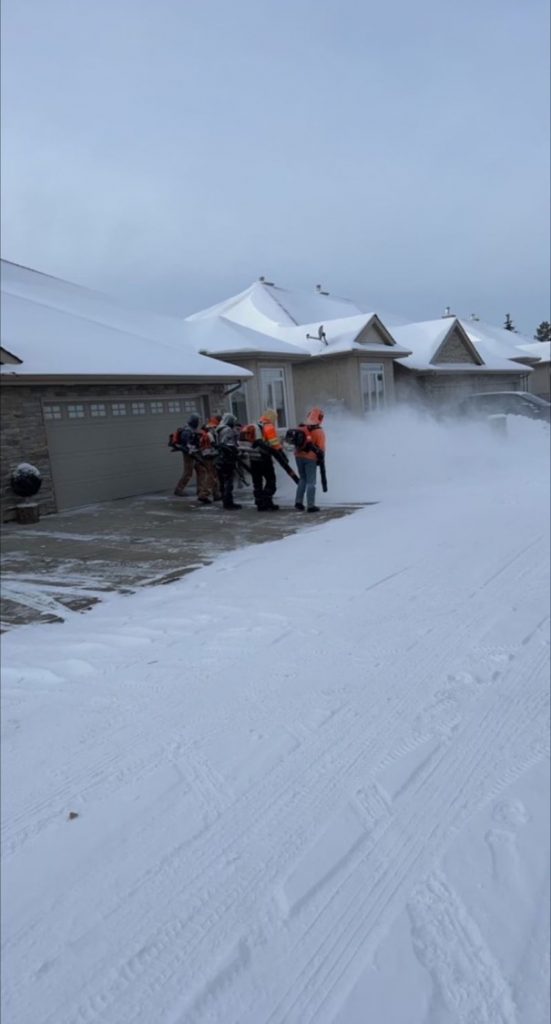
One landscape contractor mentioned on LinkedIn this week how all emergency, oil rig workers, and others are, correctly, called heroes. Through their hard work under difficult winter storm conditions they make society function properly. But what about his landscape workers? Good question.
His dudes were out there in serious cold, blowing away snow powder in a group of five. Which also means they were sucking a lot of exhaust but, at the moment, there aren’t any other blowers that can handle -35 C temperatures. We’ll leave that for another blog post.
Now, our temperatures during the recent winter storm didn’t go past -15 C but it was still unpleasant. I can’t imagine working in – 35 C. Of course the crew deserves praise. They made money and kept the residents safe.
Also, I’m sure the owner made good coin for the work they did. He can get all the contracts he wants but somebody has to show up to fulfill the terms of his contracts. In BC, people are responsible for clearing their sidewalks. They could be liable for any accidental falls.
I know for a fact that some BC landscape companies need snow work to generate good annual profits and stay in business.
Sub-contractor Vas
I find snow in town extremely tiresome. It prevents me from doing side-work on winter weekends. Now, I used to stay at home and cry into my pillow. Then I found companies that move snow and solved my problem. I still find snow tiresome but now I go out and make money as a sub-contractor. I get paid a straight hourly amount without any deductions. So I get paid and the employer saves money because I’m not a regular employee.
Unlike the dudes above, I used small snow blowers. They’re not self-propelled but they would have moved the powder snow easily. Even in – 35 degrees Celsius.
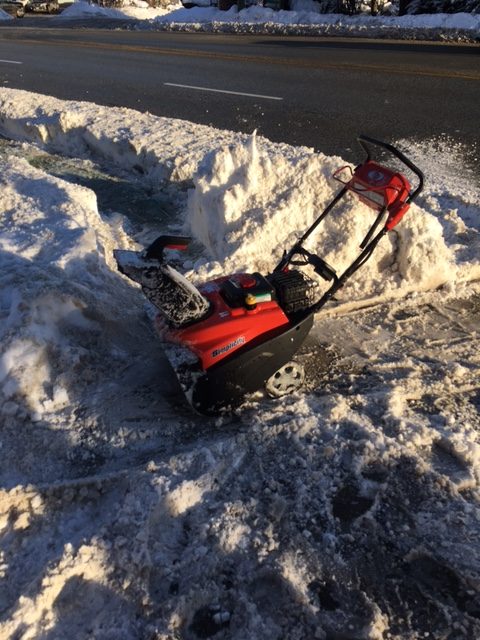
To be fair, some passersby did thank me for my work as they struggled home from the bus stop. Still, snow removal can be brutal. Some people start very early in the morning so Mrs. Albert can drive out and get her latte; and the long snow days can pile up and leave you exhausted.
When it snows next, be sure to thank anyone outside clearing snow.


